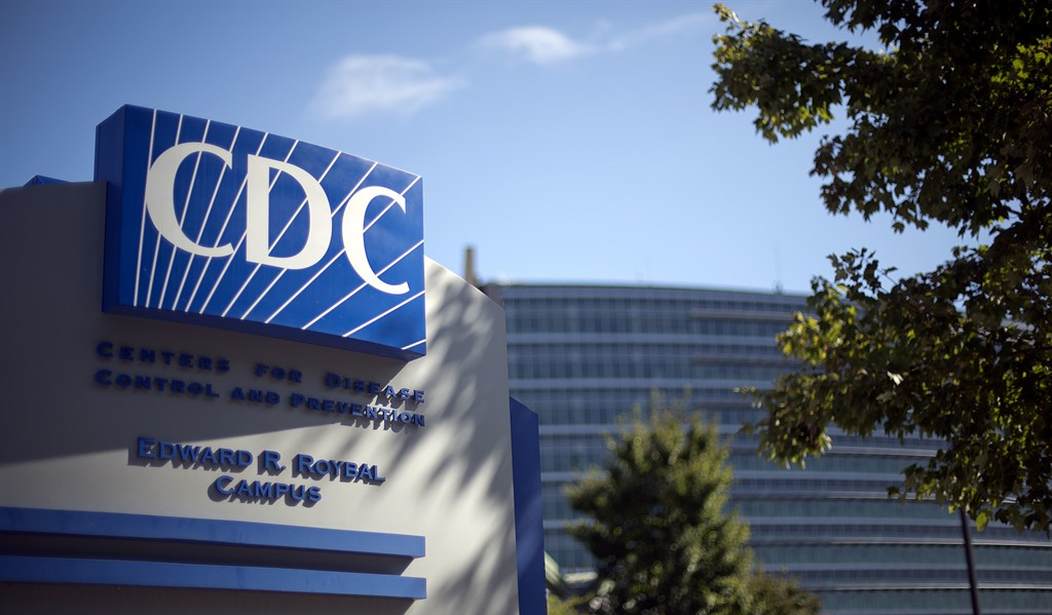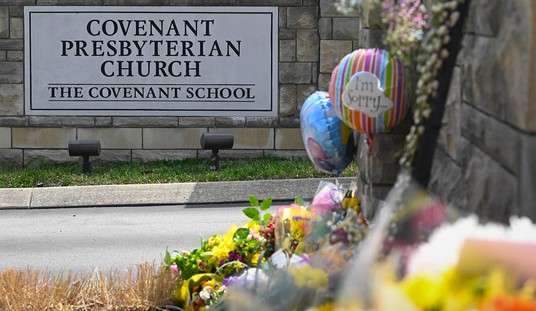The CDC is going to expand how it reports on so-called gun violence.
Because of the CDC's well-documented biases on guns, I have concerns. Especially since they removed defensive gun use data at the request of gun control advocates because the data was inconvenient for their goals--something they'd never do for the pro-gun side of things. I'm just not that willing to be trusting of why they're releasing anything regarding so-called gun violence nor am I trusting of it being framed in some semblance of neutrality.
Yet a Philadelphia woman who lost her son to a shooting has a slightly different concern about the data.
In a statement to WHYY, the agency wrote: “CDC continues to work to improve the availability of timely, local firearm injury data to the public. CDC recently began displaying provisional data on firearm homicide and firearm suicide online to allow for more timely visualization of national trends. In addition, CDC has expanded the FASTER program to fund more state and local health departments to use nonfatal injury data from emergency departments to better understand firearm injury patterns. Funded recipients continue to develop local dashboards and share information with the public.”
While Gooden agrees with the CDC’s decision to improve its reporting for data and research, she’s concerned how it will impact families of gun violence. “I think it will traumatize people in the neighborhoods,” Gooden said. “It’s scary. It puts you back in a state of fear.”
That's an interesting take.
Based on what we're currently seeing out of the CDC, I'm not sure I see how it can trigger already traumatized people--the provisional data isn't broken down by neighborhoods or anything of the sort.
However, another party also expressed some concerns, and gets a tad more specific.
Maya Stallings, who handles research and data reporting for Philly Truce, calls the CDC’s action a positive step forward. She says getting access to those numbers would help them respond quicker to shooting incidents for their Peace patrols and provide support in high-crime areas.
“If we could kind of trace more in real time what that looks like, then it would be helpful for us to have that intervention go into that community who just experienced that trauma,” Stallings said.
She cautioned, however, that doing so could retraumatize those victim’s families.
“I think that’s where making sure we have that equitable lens when we use data. I’m a big believer in identifying data.” Stallings said. “We should not be able to trace who the person is when we have data. We should only use that data to inform interventions.”
Now that's a fair concern, but based on what we're seeing currently from the CDC, that's a bit of a non-issue.
However, I also think that there is a certain amount of granularity that is needed, and that might be what Gooden is concerned about.
You see, we know that a small number of neighborhoods, relatively speaking, account for nearly all of the homicides in this country. Breaking things down to those neighborhoods would make it easier to see specifically where the problems are and tailor interventions for those neighborhoods.
It might not make people in those neighborhoods feel particularly thrilled about the situation. It might scare the pants off of them.
Then again, that fear might prompt them to start being proactive, to start talking to police when things happen, to arm themselves so they can protect themselves, or any number of possible responses that aren't putting your head in a hole and pretending everything is great.
But I also don't want to just assume that's what Gooden is concerned about.
I know my concerns are mostly distrust in the CDC's motivations for anything, even if directed by the White House. I don't know her's.








Join the conversation as a VIP Member